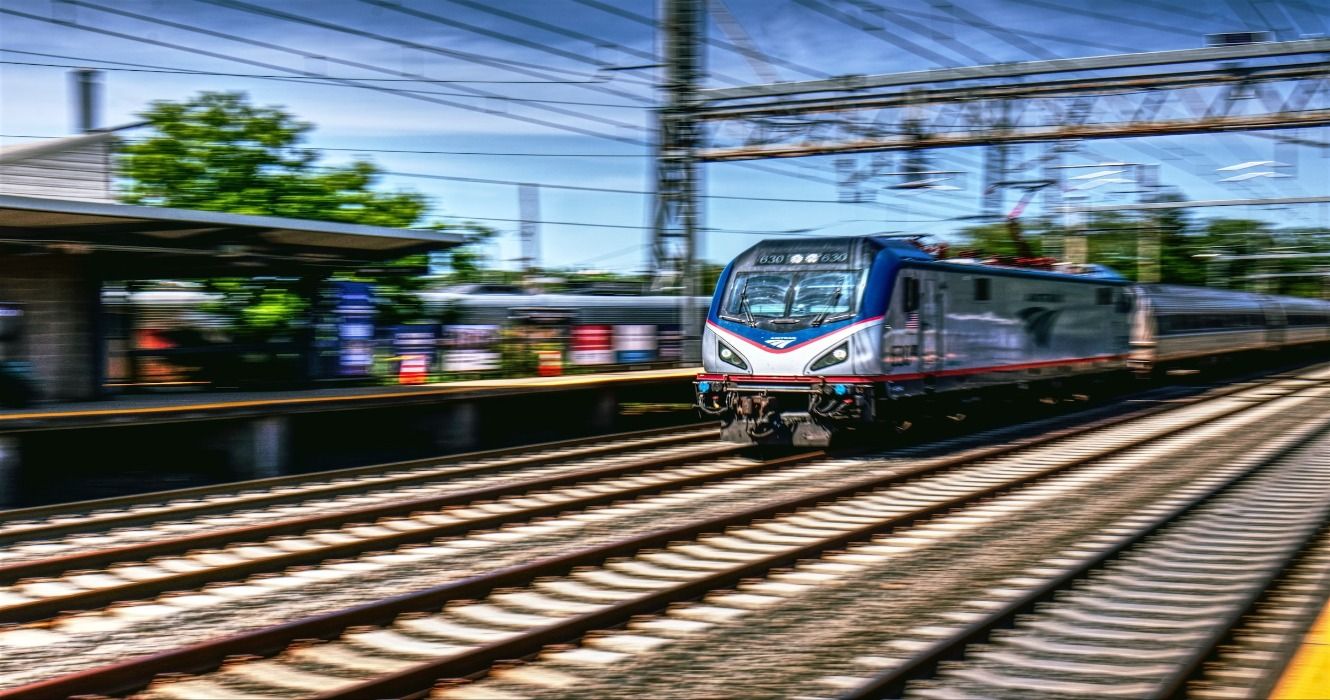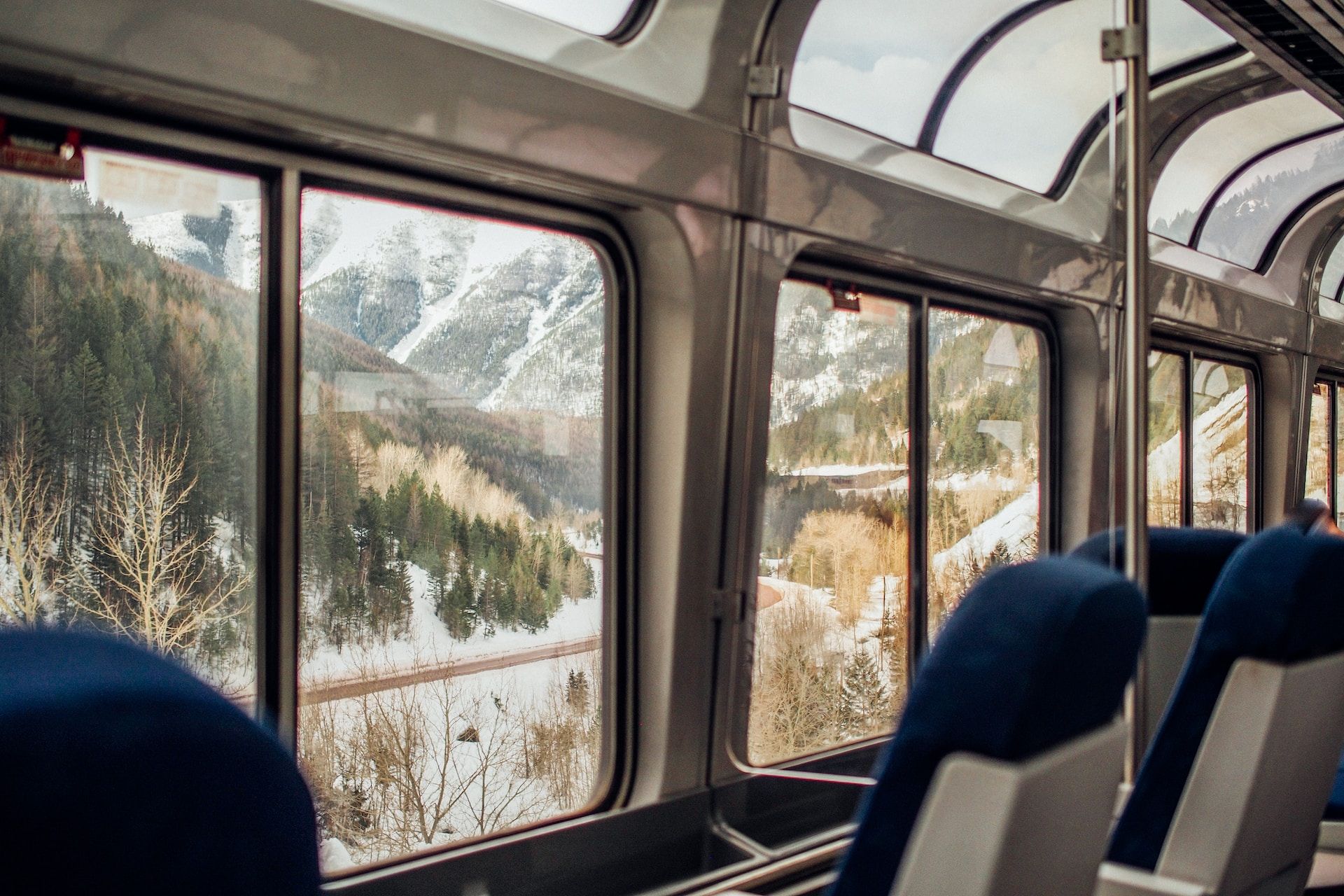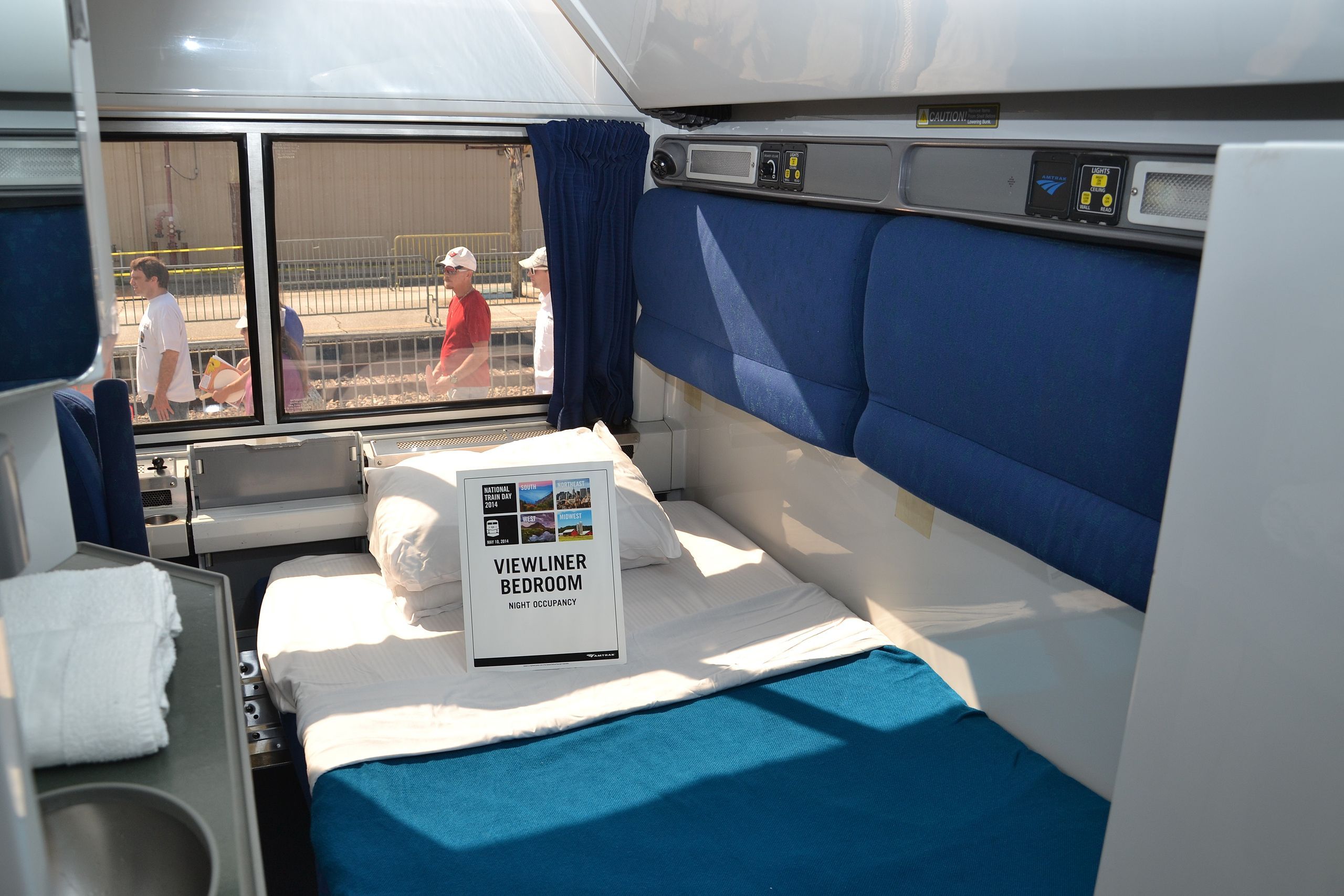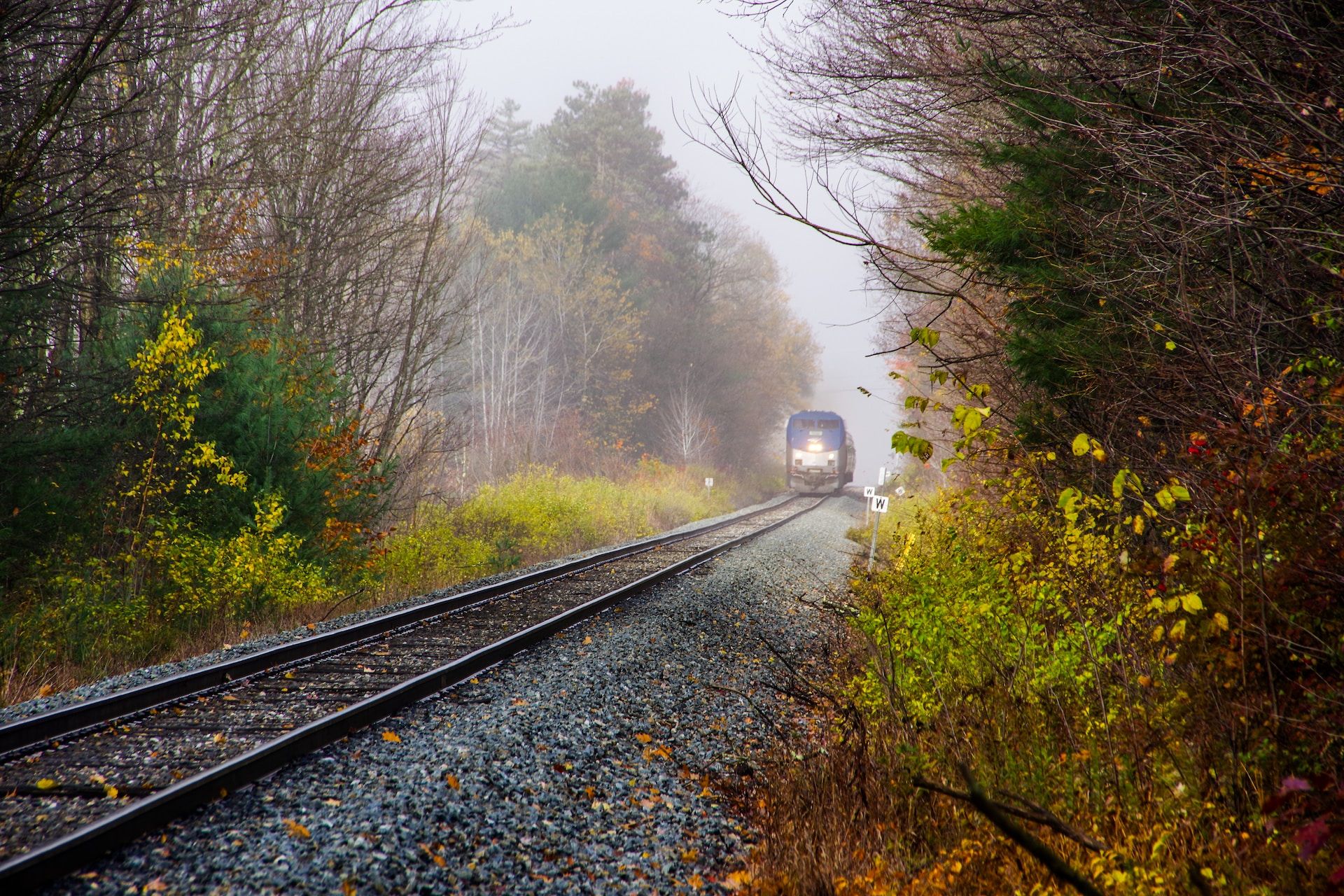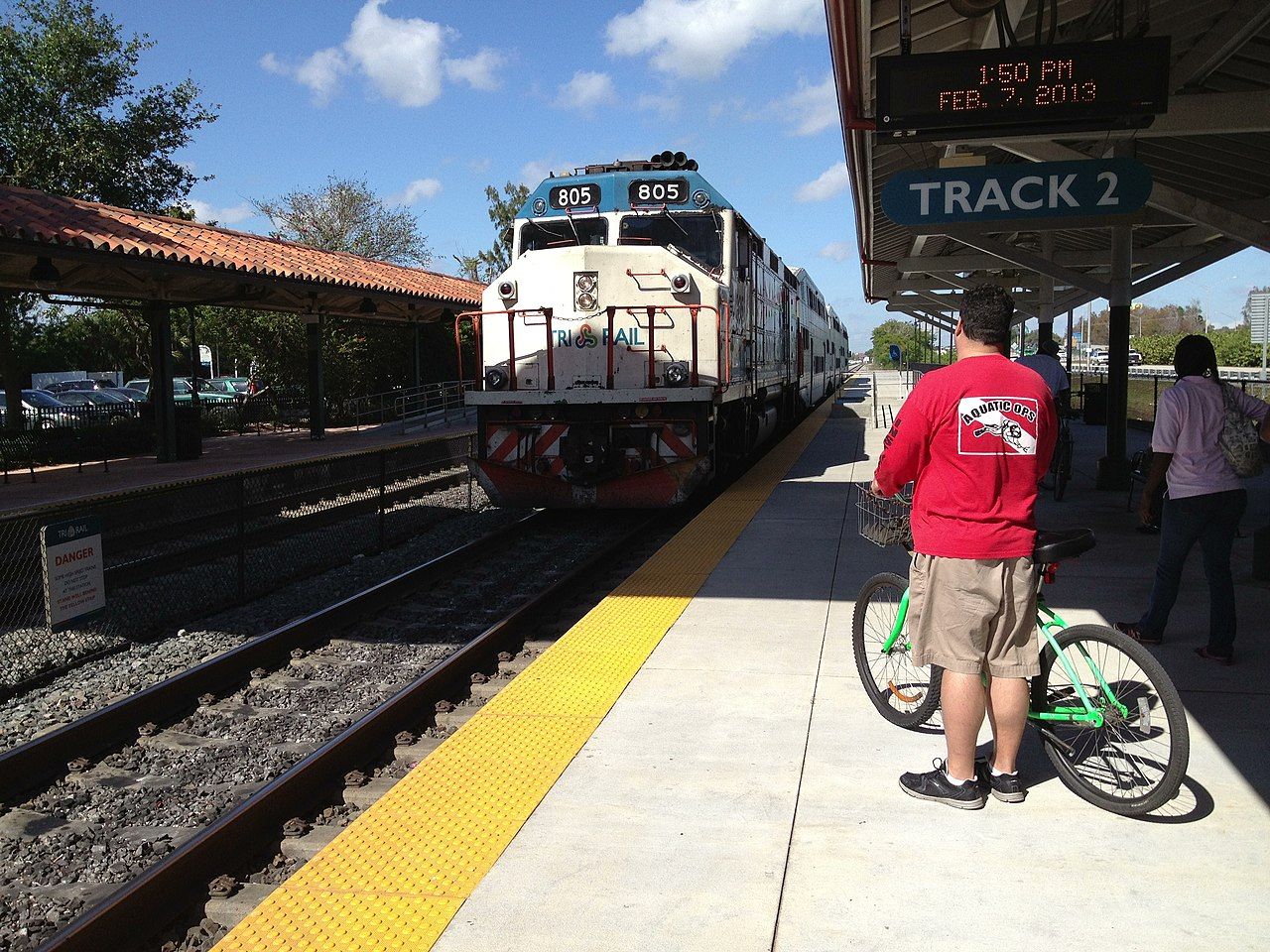Summary
- Business class passengers can access exclusive lounges and clubs at Amtrak stations for a fee, with prices ranging from $25 to $50.
- Amtrak Coach Class seating offers extra legroom, larger seats, and power outlets, providing more comfort than most airplanes.
- Amtrak reduced greenhouse emissions by 20% between 2010 and 2019, making it a more eco-friendly travel option compared to driving or flying.
Along with there being 300+ Amtrak trains nationwide featuring operations in 46 U.S. states and three Canadian provinces, almost 23 million passengers traveled on Amtrak trains in the 2022 fiscal year alone, as Forbes reports.
While there are many widely known facts about Amtrak, some important golden chunks of knowledge fall under the radar of most passengers and would-be commuters. So, without further ado, here are several important things most don't know about Amtrak - but should!
10 Business Class Passengers Can Access The Lounge At Many Amtrak Stations In The Us
Amtrak has exclusive lounges and clubs that passengers can access by paying more. For example, business class passengers can purchase a day pass for a lounge, with prices landing somewhere in the region of $25 to $50, depending on the station. However, in the case of Chicago's Union Station, any passenger can purchase access for $35 per day (although they'll need to see a station agent upon arriving).
Other ways of enjoying exclusive benefits include access to Amtrak's exclusive clubs. Certain passengers can access these (potential examples include those with first-class tickets and members of Amtrak's Guest Rewards). Lounges and clubs often offer free WiFi access, complimentary snacks, and more.
- Cost of lounge access: $25 to $50 in most cases
9 Amtrak Coach Seating Is Actually Super Comfortable (Typically With More Legroom Than Airplanes)
All Amtrak trains bar those on the Acela route feature Coach Class. Coach Class seating is great if a passenger wants to enjoy additional legroom and larger seats. Coach Class seats also tend to come with a power outlet for each commuter.
Unsurprisingly, there are also many additional benefits of booking an Amtrak Coach Class seat. So, travelers who'd prefer more comfortable seating should consider sitting in Coach Class. It's notable that, in general, as part of Amtrak trains' best offerings, they tend to provide more legroom than most airplanes.
- Amtrak coach seating average features: Extra legroom, large seats, and (often) a power outlet for every passenger
8 Amtrak Provides Full Cooked-To-Order Meals
Another upside of Amtrak is that first-class long-haul commuters with a private room can enjoy full cooked-to-order meals onboard. Amtrak is known to provide a decent range of meals, including selections based on region and vegetarianism.
- Amtrak Auto Train Dining Highlights: Chef-prepared dinner, kids selection, free alcoholic drink after dinner, complimentary room service, and a continental breakfast before arriving
- Amtrak Western Routes Dining Highlights: Chef-prepared meals covering breakfast, lunch, and a three-course dinner, table service, and complimentary room service
- Amtrak Silver Star & Silver Meteor Dining Highlights: Chef-prepared meals for breakfast, lunch, and dinner, kids' selection, free alcoholic drink after dinner, table service in the dining car, and complimentary room service
7 Amtrak Reduced Greenhouse Emissions by 20% In The 2010s
Amtrak's trains are known for being eco-friendly, and they've seen a reduction in greenhouse emissions in recent times. Amtrak's greenhouse gas emissions dropped by 20% between 2010 and 2019 alone.
Beyond that, according to Amtrak, rail travel generates 83% less greenhouse emissions than driving a car and about a quarter as much as flying does. So travelers seeking to lower their carbon footprint should strongly consider traveling by rail when possible.
- Greenhouse gas emissions of rail as a fraction of flying: About 1/5th
- Greenhouse gas emissions of rail as a fraction of driving: About 1/4th
6 It's Possible To Reserve An Amtrak Sleeping Car Room For Overnight Trips
For long-haul trips, commuters will be pleased to know that they can reserve a first-class private sleeping room. This can come in many forms.
Depending on the train in question, passengers may be able to book into a:
- Roomette
- Bedroom
- Bedroom Suite
- Accessible Bedroom
- Family Bedroom
It's important for travelers to know the differences between each of these options to ensure that they book the right accommodation for them (e.g., the differences between Amtrak roomettes and sleeper bedrooms).
Aside from those listed above, it's worth mentioning that selecting Coach Class seats can still make for reasonable places to rest, given the wide, reclining seats with plenty of legroom.
- Cost of reserving an Amtrak sleeping car room for an overnight trip: $500 to $2,000
The Empire Builder and Coast Starlight host wine and cheese tastings for sleeper car passengers. Breakfast in bed is also available in some cases. Lunch and dinner are also usually available.
5 Amtrak Has A Real-Time Train Tracking Map
Passengers should also know about Amtrak's Track Your Train Map, which shows all Amtrak trains operating at any given in real-time. This map is perfect for tracking a train live to get an idea of when it's likely to arrive.
With the search bar at the top of the web page, users can search for a train by typing in its number or name and hitting enter or selecting 'go'. Alternatively, they can find details about a given station by searching the name of a station and hitting enter or, again, selecting 'go'.
The Amtrak Track Your Train Map provides a range of information about trains, such as where they departed from, the next station they will arrive at, and whether they are delayed or on schedule. By clicking on 'Detailed Train Status', users can browse through a full list of the stops the train has reached, whether it made them on time and the stops it has yet to reach.
Out of all the things to know about riding Amtrak for the first time, perhaps the most handy is this: download the Amtrak app to check a train's status that way.
- Average number of daily Amtrak trains operating nationwide: 300+
4 Freight Trains Are Likely The Main Cause Of Amtrak Delays
Most passengers will be unaware of the fact that freight trains are potentially the main cause of Amtrak delays. This is because freight trains de facto have priority over Amtrak trains on the same railroads. The law does state (and has for over 50 years now) that freight railroads are obliged to provide Amtrak with preference to run their trains ahead of freight trains.
Unfortunately, the reality is that this doesn't really happen. After all, it's not easy for Amtrak to enforce this law. The result? In 2022 alone, freight train interference resulted in some 1.1 million minutes of Amtrak delays, according to the Amtrak website. That is equivalent to almost two years and two months.
- Total Time of Freight Train Delays Affecting Amtrak Routes: 1.1 million minutes (2022)
3 There Are Many National Park Guides On Amtrak Trains
In many cases, Amtrak routes that pass by US national parks feature guides who hold a talk and provide relevant information. This is great for commuters seeking to take in the beautiful scenery and learn a thing or two about a national park that their train passes by.
This is done as part of the Trails & Rails Partnership Program, worked alongside the National Park Service.
- Popular National Parks that Amtrak routes pass by: Saguaro National Park (Arizona), Channel Islands National Park (California), Joshua Tree National Park (California), Amistad National Recreation Area (Texas), C & O Canal National Historical Park (Maryland and Washington D.C.), and Saint Croix National Scenic Riverway (Wisconsin, Minnesota)
2 Most Amtrak Trains Are Pet-Friendly
Many commuters will be pleased to know that most Amtrak trains are pet-friendly. Exceptions include the Keystone Service, Capitol Corridor, and San Joaquins. Certain routes do not allow pets if entering Canada (e.g., the Amtrak Cascades route).
Of course, there are restrictions and many other aspects to consider for travelers wishing to bring a pet on board. For instance, dogs and cats can weigh no more than 20 lbs, as a combined weight of the dog/cat and their carrier. What's more, a fee will also apply (either $29 or $39).
- Average cost of taking a pet on an Amtrak train: $29 to $39
1 Commuters Can Bring Bikes On Amtrak Trains
Another thing worth knowing about traveling with Amtrak is that it's possible to take a bicycle on board once it meets certain rules and regulations.
To touch on the key rules and regulations regarding bikes on Amtrak trains, here are the restrictions that apply:
- Carry-on/trainside bicycles can weigh up to 50 lbs, and standard bicycle sizes apply. The maximum tire width allowed is two inches.
- Bicycles that are checked in can weigh up to 50 lbs and 70 inches x 41 inches x 8.5 inches.
- Bicycle reservations may or may not be required depending on the station.
- Checked service may or may not be available depending on the station.
- A fee will often apply and likely end up somewhere between $10 and $20, although taking a bike on board is free in some cases
Other key details can be found on Amtrak's web page for taking a bicycle onboard.
- Cost to take a bicycle on an Amtrak train: Between $0 and $20

